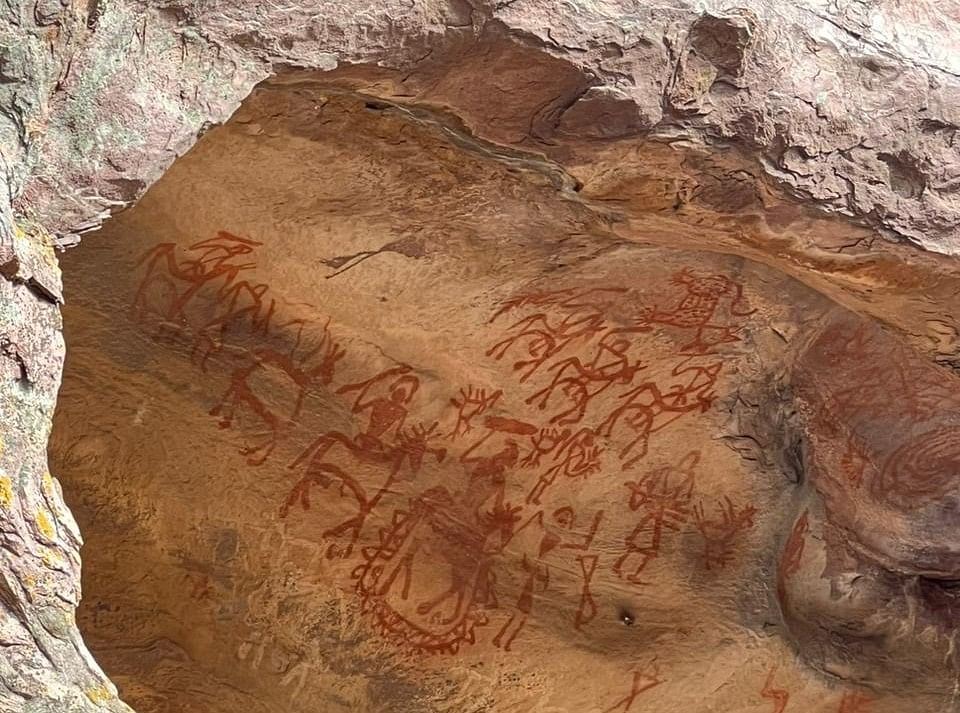At Bhimbetka, one of India’s forty Unesco world heritage sites, you will see humans’ prehistoric art and early life in cave paintings that are 30,000 years old. What you will also see, is a lone tourist guide, tourists’ disregard for the site maintenance and yawning gaps in infrastructure.
Domestic tourism is booming. Has tourist infrastructure kept pace?
Maybe not. A long weekend travelling to the heart of India in Madhya Pradesh’s state capital Bhopal, and sites in and around the city, offered a microcosm of just some bottlenecks a tourist today faces.
Bhimbetka is about 45 kilometres away from Bhopal. A search for public buses from Bhopal to Bhimbetka on the state’s transport department does not throw up any results. Alternate travel sites appear to suggest that tourists from Bhopal can take a bus to Hoshangabad and then travel to Bhimbetka, about 4 km away.
Given the lack of viable public transport, a cab is likely your best bet.
At Bhimbetka, you will see 15 rock shelters open for the public. Cupules made in one of the rock shelters are considered by some scholars as man’s earliest manifestation of creativity, probably associated to one lakh years ago, according to the Archaeological Survey of India. Further ahead on the same path, you come across the Zoo Rock Shelter, which qualifies as the most densely painted rock shelter, with paintings spanning from the Mesolithic to the Mediaeval.
Once you are here, if you are lucky, you can snap up the the sole licensed tourist guide. Else, rely on some of the plaques and a handful of QR codes for information.
Parents are seen encouraging their children to climb up the rocks as they take pictures, families pose for selfies, groups of friends race around, oblivious of the site’s significance or the need to conserve it.
